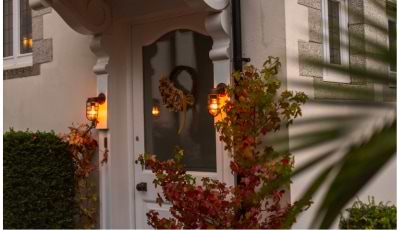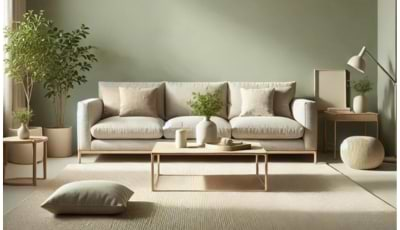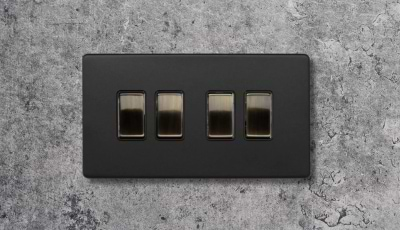Elesi Blog
Lighting Guides & Interior Design Tips
-
What is a Kinetic Switch?
With smart technology and energy saving at the forefront of home improvements, a kinetic switch is a game changing solution. Unlike traditional switches that rely... -
Autumn Lighting
As autumn arrives, the days grow shorter, and the crisp air sets in, it’s the perfect time to make your home into a more inviting... -
Can You Use Smart Bulbs Outdoors?
Smart bulbs are a fantastic addition to any modern home, offering convenience, automation, and energy efficiency. But if you're wondering whether these bulbs can be... -
What Colours Go with Sage Green
Sage green has increased in popularity in throughout 2024, and for good reason! This soft, muted green is versatile, calming, and works beautifully in a... -
Gangs and Ways
When shopping for light switches and electrical circuits, two terms often come up: gangs and ways. For example, you may see a 1 gang, 2-way... -
What is a Momentary Switch
A momentary switch is a type of electrical switch that only stays in its "on" or active state while being pressed or activated. Once the... -
Types of USB Sockets
With the increasing demand for charging electronic devices, wall sockets with built-in USB ports have become a common feature in modern homes and offices. These... -
What is a 0-10V Dimmer?
As energy efficiency and lighting control systems have become increasingly essential in modern buildings, the 0-10V dimmer has emerged as one of the most popular... -
Interior Design Trends for Autumn 2024
As the golden hues of autumn settle in, the design world embraces the warm, comforting, and sophisticated tones that define the season. This year, autumn...











